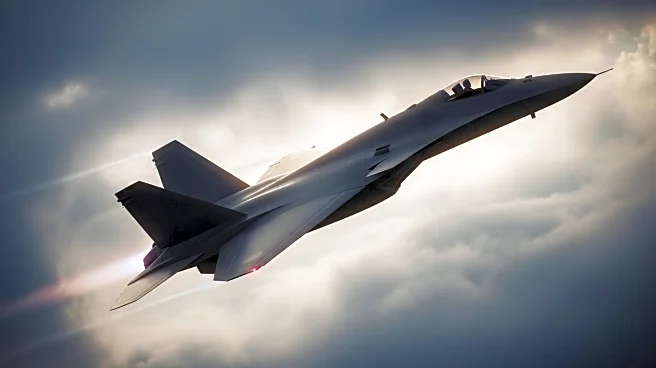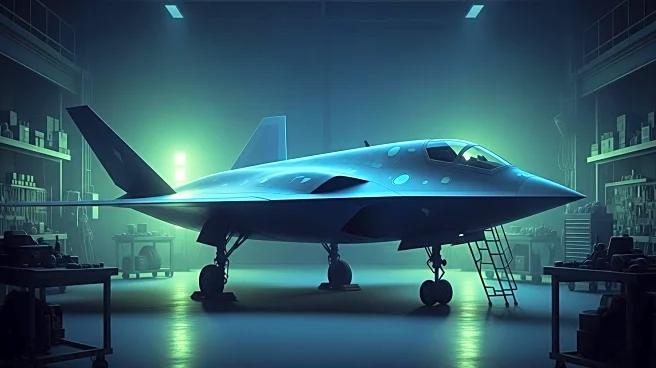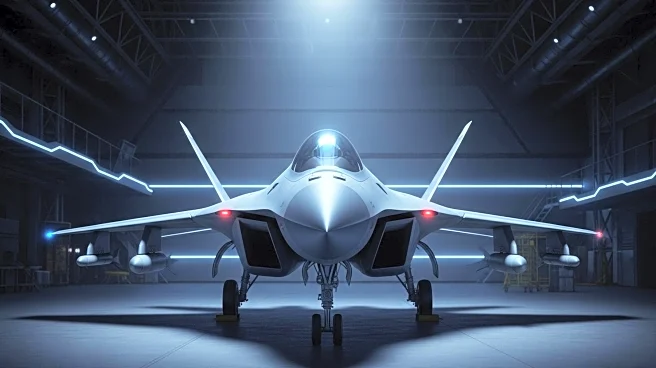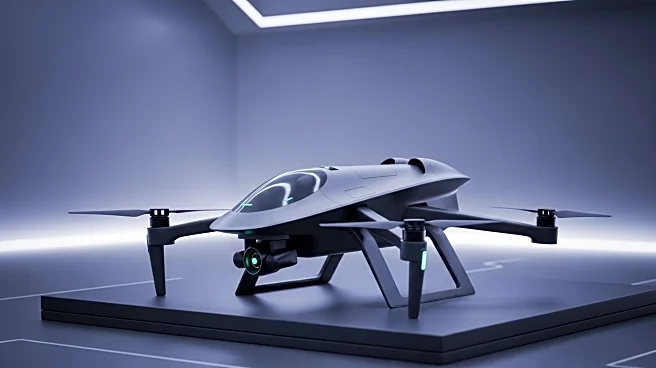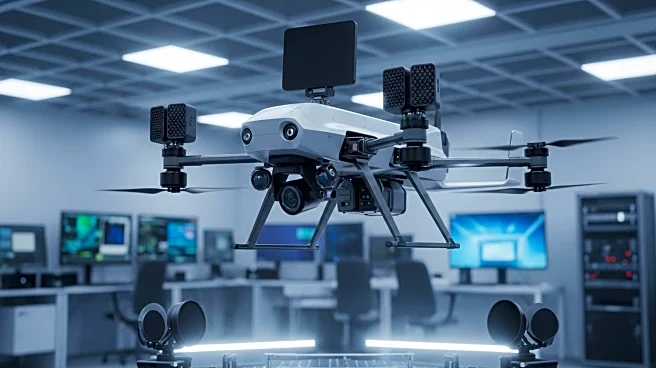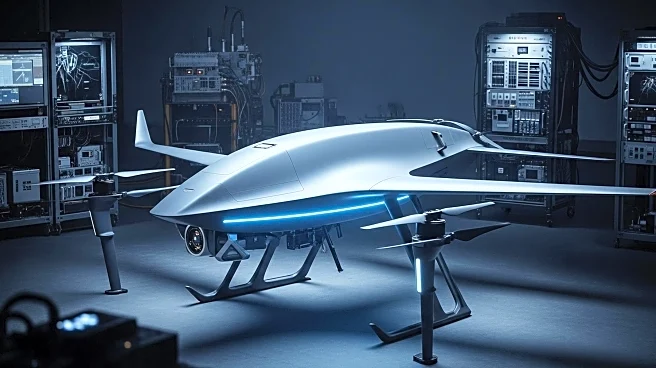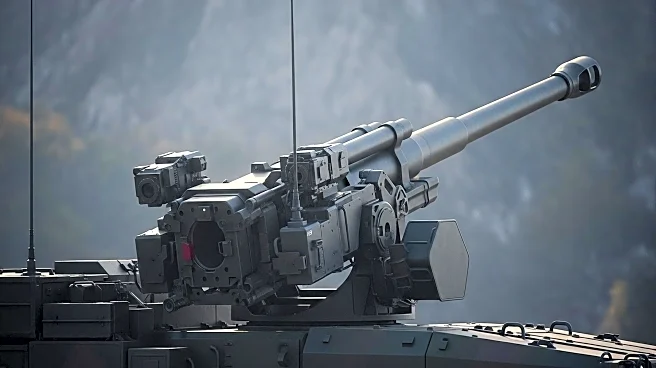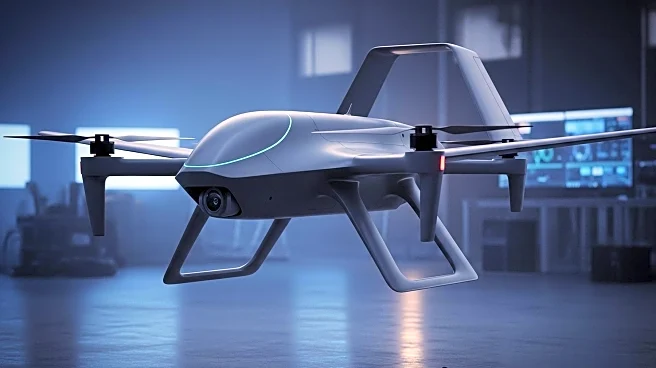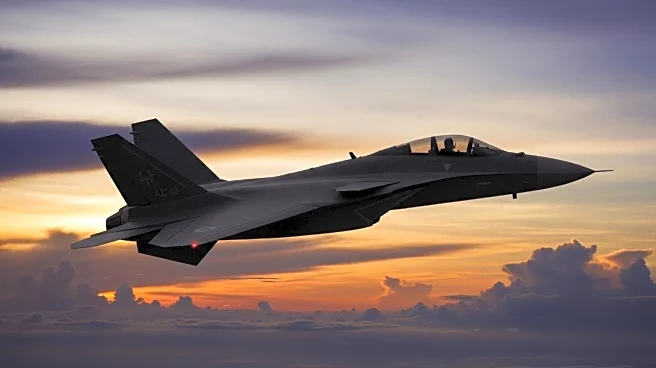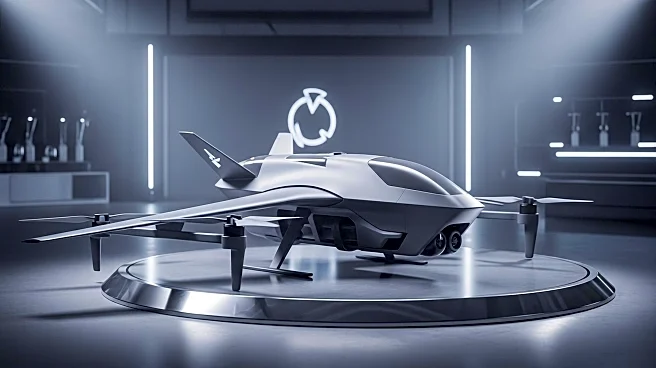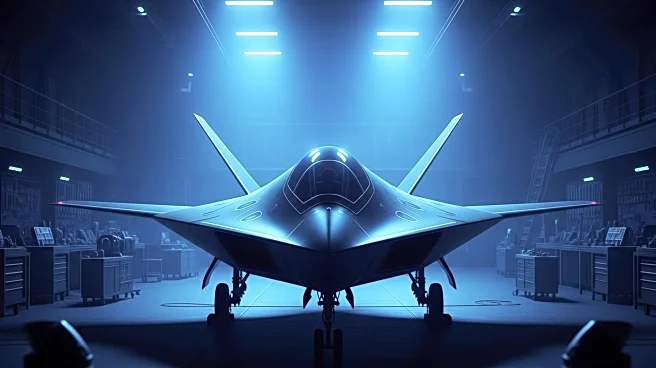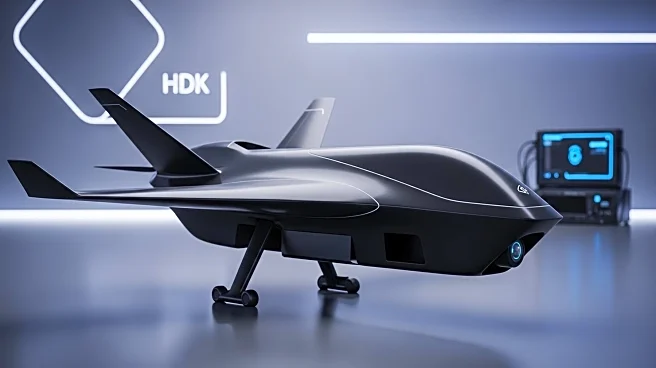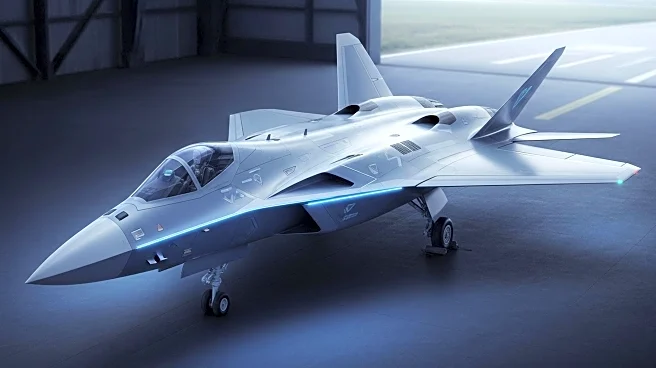What is the story about?
What's Happening?
Lockheed Martin Skunk Works has unveiled Vectis, a new Group 5 collaborative combat aircraft (CCA) designed to enhance air dominance for American and allied militaries. Vectis is characterized by its high survivability, mission flexibility, and affordability, integrating seamlessly with both current and next-generation aircraft. The system is capable of executing a range of missions including precision strike, ISR targeting, electronic warfare, and counter air operations. Vectis leverages Lockheed Martin's expertise in stealth technology and advanced manufacturing to deliver a customizable and agile drone framework. The development of Vectis is underway, with parts ordered and a team actively working on building and testing the system.
Why It's Important?
The introduction of Vectis represents a significant advancement in military air power, offering enhanced capabilities at competitive costs. This development is crucial for maintaining air superiority in increasingly complex global theaters such as the Indo-Pacific, Europe, and Central Command areas. By providing multi-domain connectivity and compatibility with existing systems like the F-35, Vectis supports integrated teaming missions, thereby expanding operational flexibility. The affordability and rapid development timeline of Vectis could potentially reshape defense strategies, offering a cost-effective solution to meet evolving military needs.
What's Next?
Lockheed Martin Skunk Works plans to continue investing in the development of Vectis, aiming to design, build, and fly the system within two years. As the project progresses, it is expected to align with new tri-service architectures and global requirements. The successful deployment of Vectis could lead to further innovations in drone technology and mission systems, influencing future military procurement and strategy decisions.
Beyond the Headlines
Vectis not only enhances military capabilities but also reflects broader trends in defense technology, such as the shift towards autonomous systems and open mission architectures. This development highlights the importance of adaptability and integration in modern warfare, potentially setting new standards for drone technology and collaborative combat systems.
AI Generated Content
Do you find this article useful?
